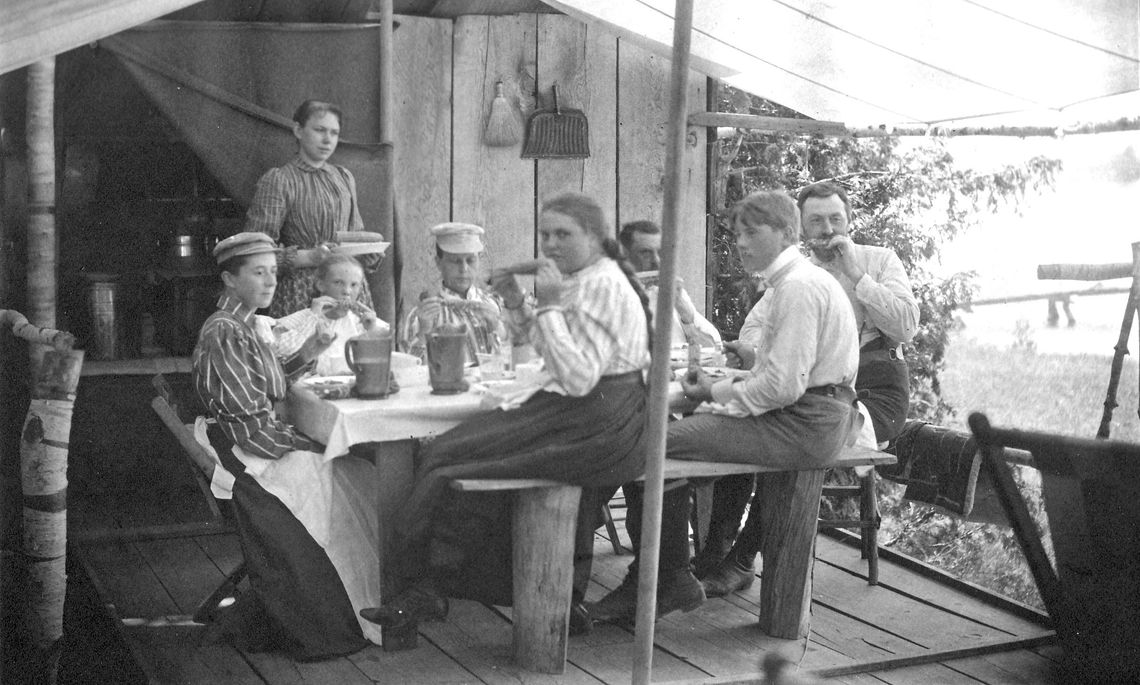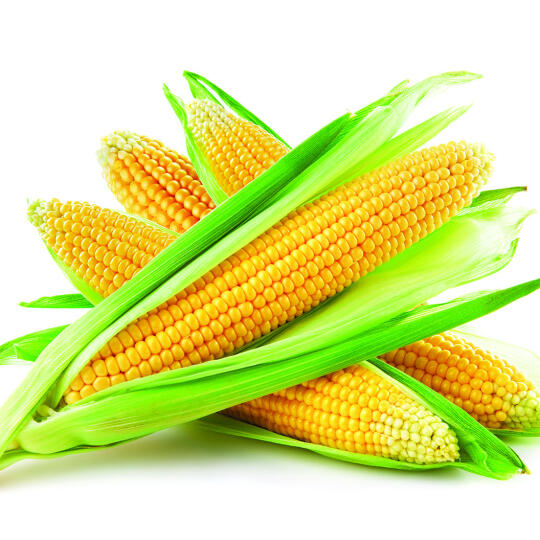Nothing says summertime like fresh sweet corn.
Its presence is a necessary accoutrement to all our summertime activities — saluting a flag, watching baseball, drinking beer, and hanging out at the beach.
And, judging from the number of signs popping up across the peninsula, the sweet corn harvest is underway in Leelanau County.
Called maize in many languages, corn was first cultivated in the area of Mexico more than 7,000 years ago. Native Americans probably bred the first corn from wild grasses and crossed high-yielding plant to make hybrids.
“It’s a North and Central America product,” food historian Susan Odom of Suttons Bay.
The Natives used corn for many types of food. It is a staple in Latin American diets, and in the United States corn has given rise to regional specialties as grits, hush puppies, ashcakes, dodgers, muffins, cracklin’ bread, johnny cakes and corn pone.
Natives also used corn for other purposes, such as mattresses, containers, and toys.
However, the corn grown back then was considered more of a “starch.”
“In some early American cookbooks, it’s called ‘Indian meal,’” Odom said. “When corn was introduced in Europe the response was ‘yuck’.” According to the USDA the United States is the largest producer, consumer, and exporter of corn in the world.
On average, U.S. farmers plant about 90 million acres of feed corn each year, with the majority of the crop grown in the Midwest region.
It is the primary U.S. feed grain, accounting for more than 95% of total feed grain production and use.
“A lot of people don’t realize that the animals (who are raised for meat) are fed corn to put on weight,” Odom said.
According to My Dad’s Sweet Corn, only 1% of corn planted in the United States is sweet corn.
The move toward sweet corn consumption was gradual.
By the mid 19th century, homemakers would make corn pudding with “green” corn, which was taken from the corn patch before it was completely dry.
Prior to the advent of canning, there was “brined corn.”
“They cut the corn from cob — not cooked,” Odom explained.
Then, similar to the process used to make cabbage, salt is added to “cure” the corn.
“The recipes from this time (1840 to 1860) aren’t very detailed. “For example, “add enough salt to float an egg.’” This practice continued through the 1940s.
Before people began canning in the 1880s and 1890s, they also preserved corn by freezing.
“When possible they would cut it from the cob and store it in a ‘freezer locker’,” Odom said.
Odom, formerly with Greenfield Village, previously operated Hillside Homestead, a farmstead homestay near Suttons Bay.
She will bring her knowledge and talent to the Port Oneida Fair Friday and Saturday.
Odom will be in the kitchen of the Olsen Farm cooking up “bread with mush”; apricot jam and custard pie.









